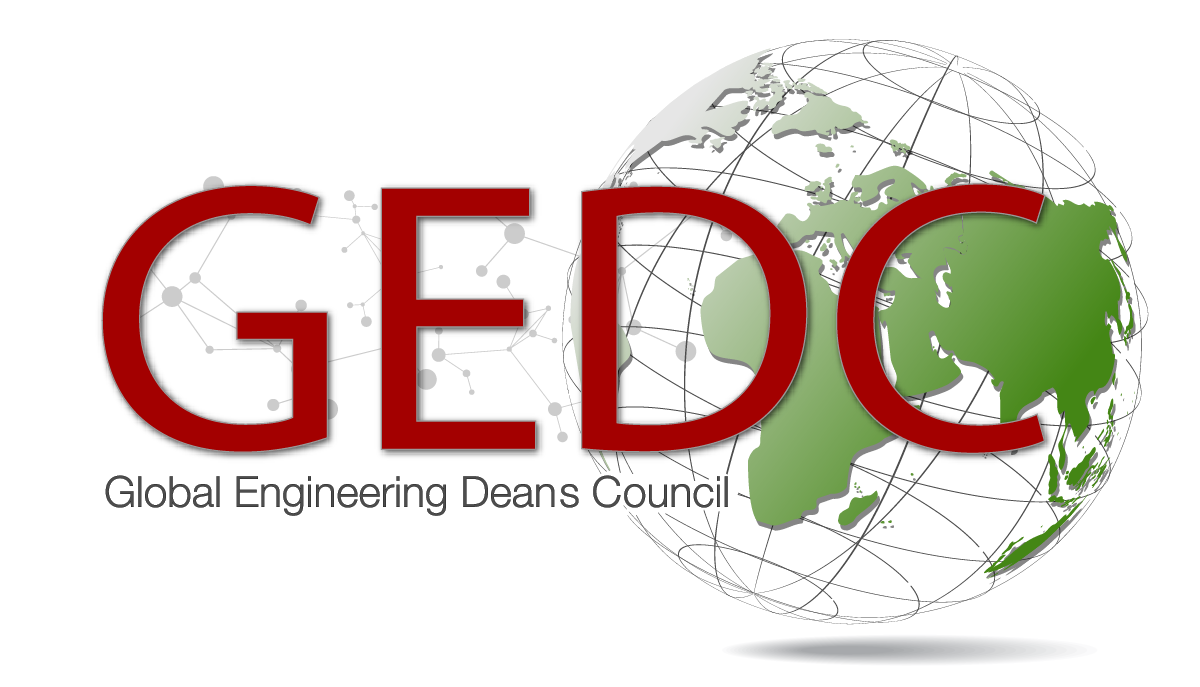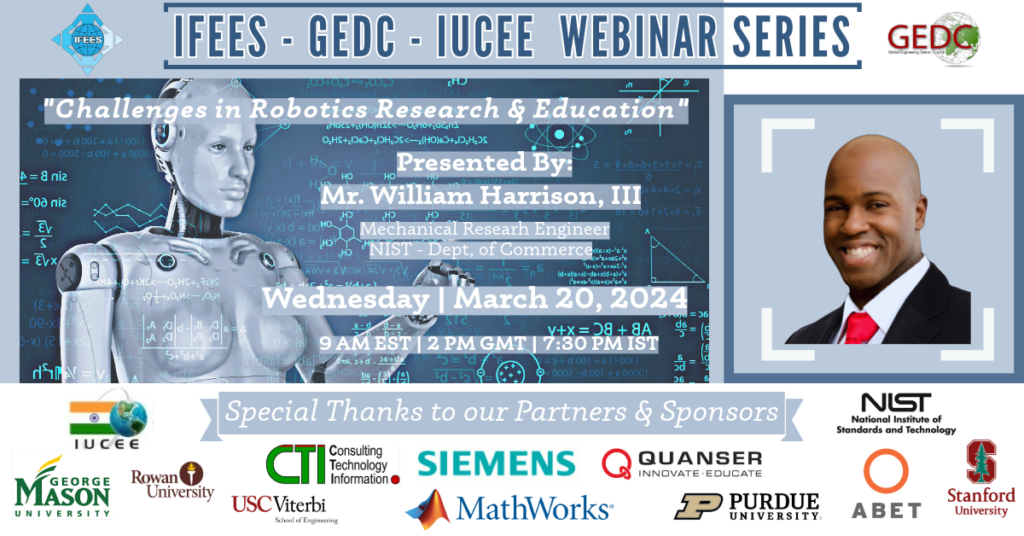As computing becomes cheaper and more powerful by the day, the scope of what we can accomplish with software increases exponentially. Our advancements in battery technology, 3D printing, and neural networks, for example, have made many things possible. However, the ultimate connection between the digital and physical worlds is the robot. Robots are the direct bridge between software intelligence and real-world impact. Unfortunately, some of our brightest minds do not have access to the hardware and resources needed for robotics education and research.
This raises the question: Are we preparing our students for the future? NIST is investigating approaches for addressing these challenges. In this webinar, we will outline some of the challenges in robotics research and education, along with some of the active initiatives and ideas we have for solving them.

William S. Harrison, III is a Mechanical Research Engineer in the Department of Commerce’s National Institute of Standards and Technology (NIST). William works in the Intelligent Systems Division on the Agility Performance of Robotic Systems project. His research focuses on devising metrics for assessing industrial robot agility and intelligence. William’s specialty within the project is Virtual Fusion, a mix of simulated and real approaches for process validation and machine learning. His interests include virtual reality, game engines, augmented reality, and CG modeling.

